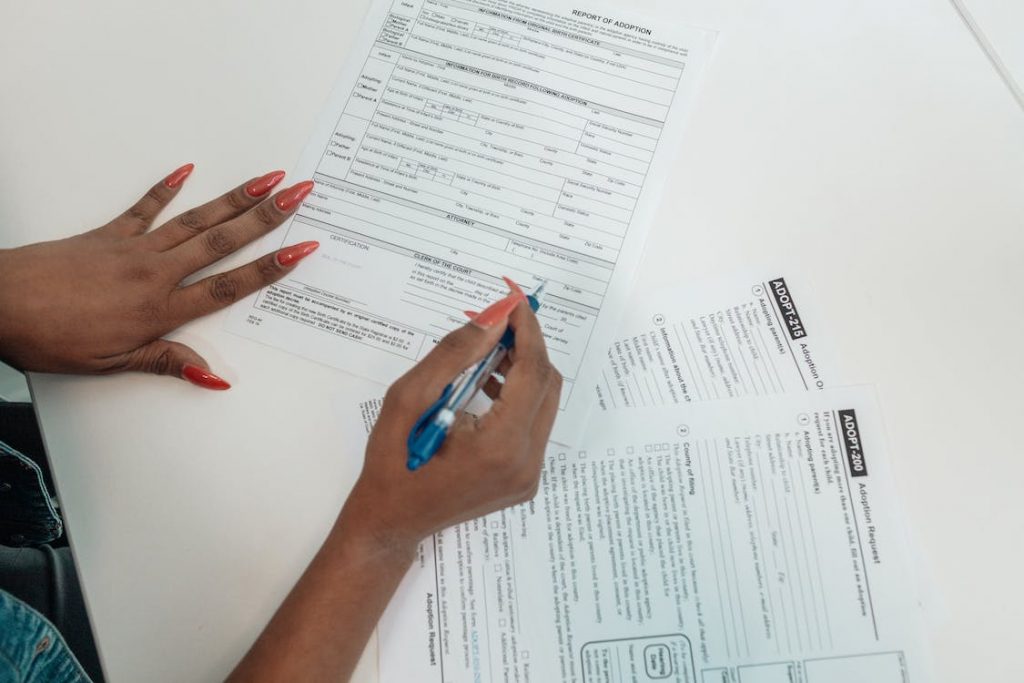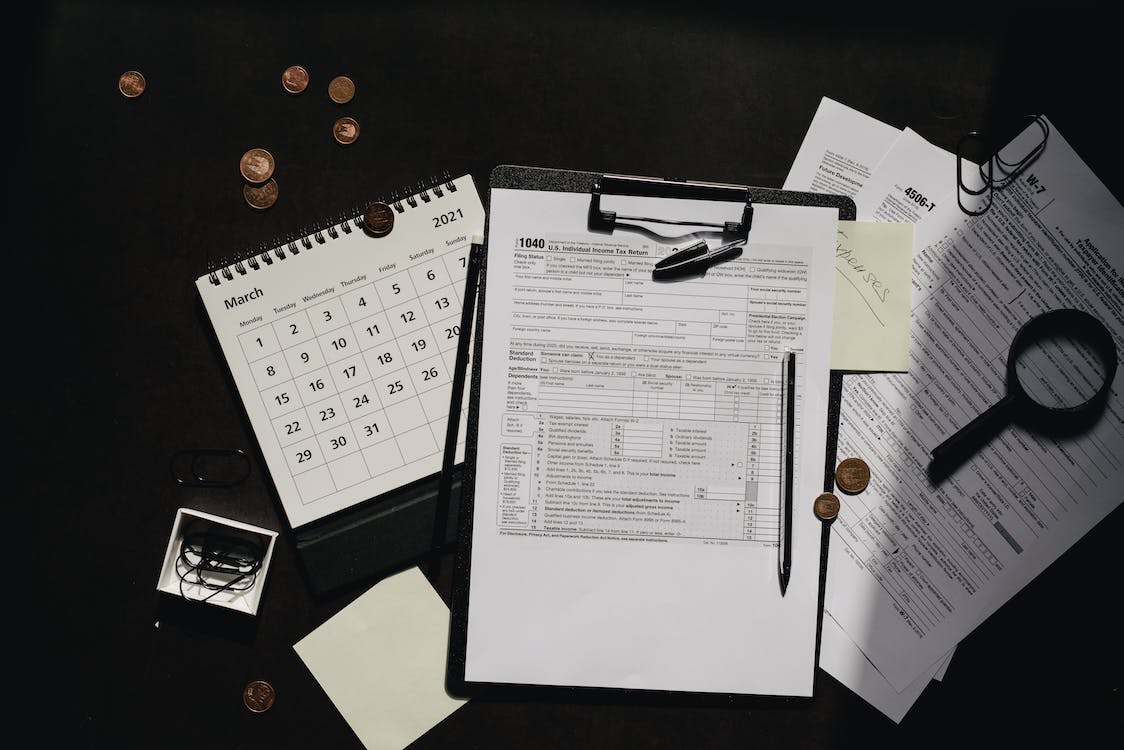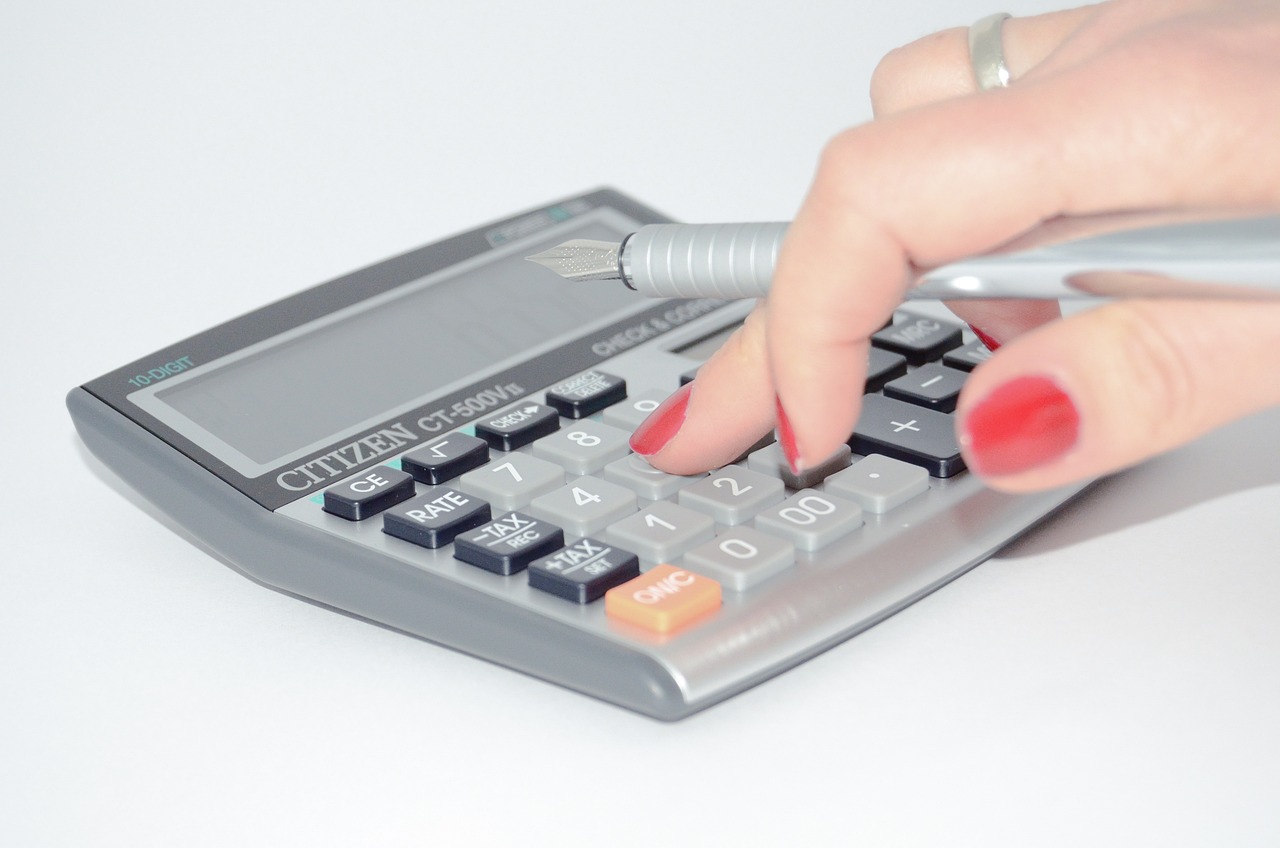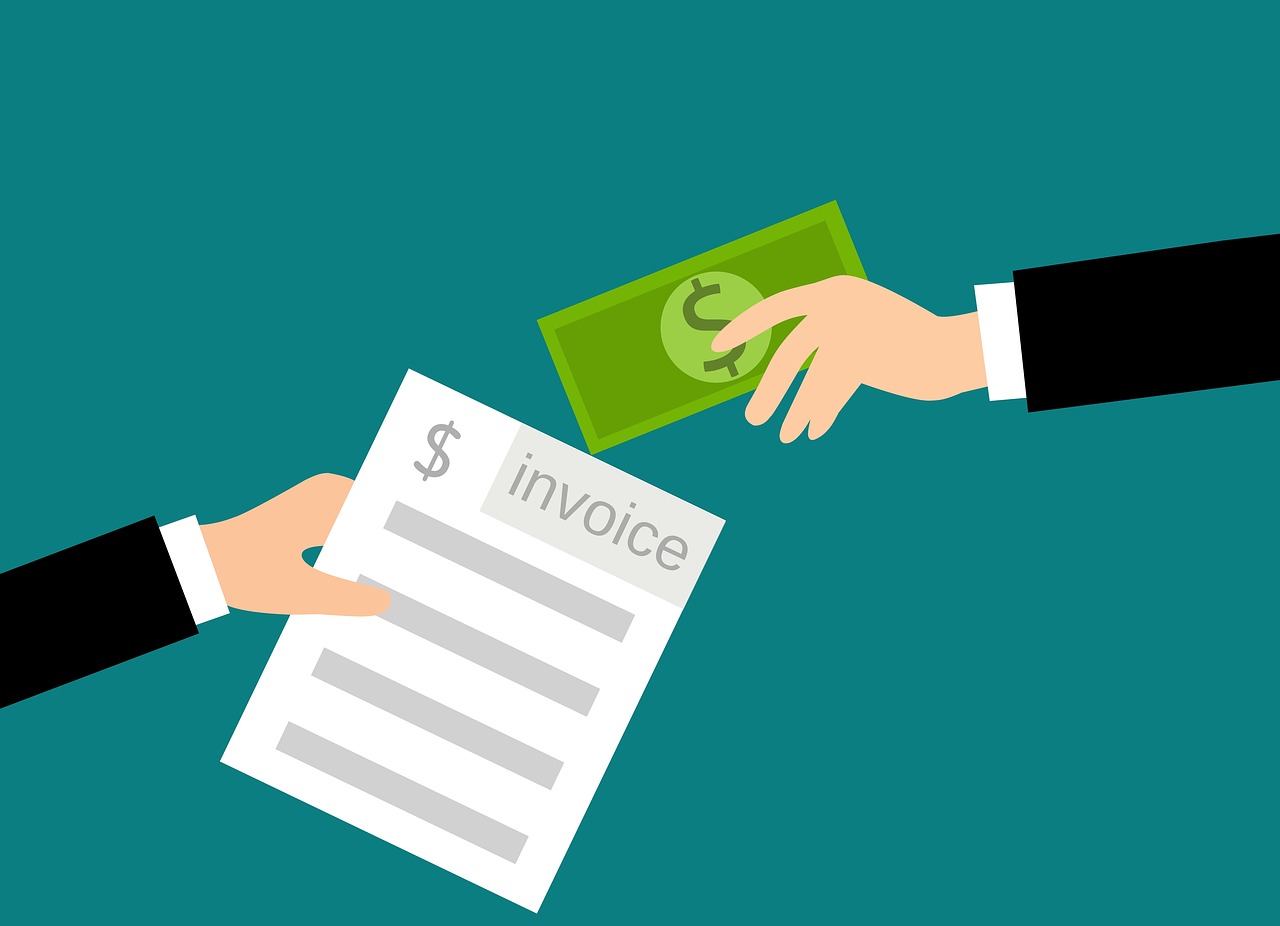How to Reconcile Invoices
Handling invoices can sometimes seem like a jigsaw puzzle with numerous pieces that need to fit together perfectly. This is where invoice reconciliation comes into play. It’s a crucial financial process that ensures your business’s invoices align with your records. Misalignments can lead to confusing scenarios, potentially impacting your financial health. But there’s good news! With our comprehensive guide, mastering this important process can be less daunting than you might think. At
Saldo Invoice, we make financial processes as straightforward as possible.

Understanding the Concept of Invoice Reconciliation
When it comes to managing a business, having a firm grasp on financial terms and processes is key to ensuring accuracy and efficiency. One such process is invoice reconciliation.
Invoice reconciliation is the act of checking that two sets of records match. In this case, it’s about making sure that the invoices you’ve sent or received align with your own or a supplier’s financial records.
But let’s break this down into simpler terms:
- An invoice is a document that outlines what services or goods have been provided, their costs, and when payment is due.
- A supplier or a vendor is any person or company that provides goods or services to your business. This could be anything from office supplies to software services.
- Reconciliation is when you check that two sets of records match up. It’s like when you check that you’ve received all the items you ordered online by comparing what’s arrived with the order confirmation.
By comparing your invoices to your bank statements, you ensure that each transaction is properly recorded. This ensures accuracy in your financial records and helps identify any discrepancies or errors that have crept in. It’s a key step in maintaining a clear and complete understanding of your business’s finances.
Importance of Accurate Financial Records and Reconciliation Process
While a single, small invoicing error might seem insignificant, such errors can pile up. Imagine continually adding a little extra water to a bucket. At first, it might not seem like much, but the bucket will overflow over time. Similarly, small inaccuracies in invoicing can lead to large losses over time.
Here are a couple of issues you run into if you make mistakes in your invoices:
- Overpayment: Paying more than you owe might not seem like a big deal if it’s a small amount. However, over time, these extra payments add up and can hurt your business’s bottom line.
- Underpayment: If you’re not paying enough, you might end up owing money to your suppliers or vendors. This could hurt your relationship with them and might even lead to legal troubles.
Remember, invoice reconciliation can be a great asset. The tool at your disposal serves as a means to avoid invoicing errors and maintain precise and current financial records. It’s not just an optional task – it’s a necessity for maintaining a healthy business.

Step-By-Step Guide to Reconciling Invoices
Just like assembling a piece of furniture, reconciling invoices often requires a systematic approach. Using a systematic approach can greatly assist you in addressing all the essential aspects and not overlook any important details.
Here’s how to reconcile your payment requests:
- Collect all invoices and statements: Gather all the relevant invoices, bank statements, and any other relevant financial records. Ensure that all the documents are for the correct time period.
- Check each invoice against your records: Go through each invoice. Compare the amounts and details with your own records. Keep an eye out for any discrepancies.
- Identify discrepancies: If you find any discrepancies, highlight them.
- Investigate discrepancies: Dig deeper into each discrepancy. Check if it’s a mistake on your end, the supplier’s end, or a bank error.
- Rectify errors: Once you’ve identified the source of the discrepancy, take steps to rectify it. This might involve contacting your bank or supplier or adjusting your records.
- Document everything: Keep a record of all your findings and the steps you took to rectify any errors. This will be useful for future reference and for maintaining a complete record of your financial activities.
By following these steps, you can ensure that your invoice reconciliation process is thorough and effective. Like any new task, it will become more familiar with practice. And remember, there are tools out there to help you. Our
Invoice Generator, for example, is specifically made to simplify your billing process. By using this tool, you can effortlessly maintain a record of your financial transactions.
Strategies for Identifying and Resolving Discrepancies
So, you’re familiar with the steps to reconcile invoices, but what about the techniques to spot and fix discrepancies? Just like a detective uses specific strategies to solve a mystery, you’ll need some techniques to find and resolve discrepancies in your invoicing process.
Discovering discrepancies can be tricky. They may hide within intricate details of your invoices and financial records. But with some diligence and a few handy techniques, you can unearth them. Here are some strategies:
- Regular checks: Make it a habit to regularly check your financial records. Regular checks can help you spot discrepancies early, making it easier to rectify them.
- Detailed inspection: Go beyond just matching the overall numbers. Check each line item in your invoices against your records.
- Revisit vendor terms: Make sure you understand the terms and conditions of each vendor or supplier.
Once you’ve identified discrepancies, you’ll want to resolve them promptly. Here’s how:
- Contact relevant parties: If you find a discrepancy, the first step is to reach out to the relevant parties. This could be your bank, your supplier, or even a department within your own business.
- Provide clear information: When contacting someone about an error, it is vital to provide them with fulll information about the issue that you’re facing.
- Follow-up: After you’ve reached out, make sure to follow up. Sometimes, resolving discrepancies can take time. Following up ensures that the issue doesn’t get lost or forgotten.
Our
Invoice Templates can be an excellent tool in this process. They provide a clear and standardized format for your invoices, reducing the chance of errors and making discrepancies easier to spot.

Tools and Software for Efficient Invoice Reconciliation
Think about the tasks you need to do when reconciling invoices. You’re gathering documents, checking details, spotting discrepancies, and fixing errors. These tasks can be very time-intensive and often result in human error. But digital tools can help with these challenges. Here are some benefits of using digital tools for reconciliation:
- Automated checks: Some software can automatically check your invoices against your records, saving you a lot of time and effort.
- Error alerts: Certain tools can alert you if they spot potential errors, helping you catch discrepancies early.
- Easy record keeping: Digital tools make it easy to keep records of your reconciliation process. This can be useful for future reference and for audit purposes.
- Quick access to information: With digital tools, you can quickly search and access your financial records and invoices. No need to rummage through piles of paper.
The tools you will choose should be user-friendly, reliable, and fit your budget. You might need to try several tools before figuring out what works for you.
One such tool is our
Billing Invoice Template. It provides a standardized format for your invoices, making it easier to manage them and spot any discrepancies.
Mastering Your Business Finances: Take the Next Step
We’ve journeyed through invoice reconciliation, showing how vital it is to your business’s financial health. We’ve decoded what it means to reconcile your invoices and the kind of diligent work it requires. You’ve learned to spot and resolve discrepancies and discovered how digital tools can streamline this process. Begin to explore Saldo Invoice resources, take these first steps, and start mastering your business finances today.
Radomir Novkovich
Co-founder of Saldo Apps. His core competencies include product management, mobile app marketing, financial advertising, and app store optimization.
Learn more







